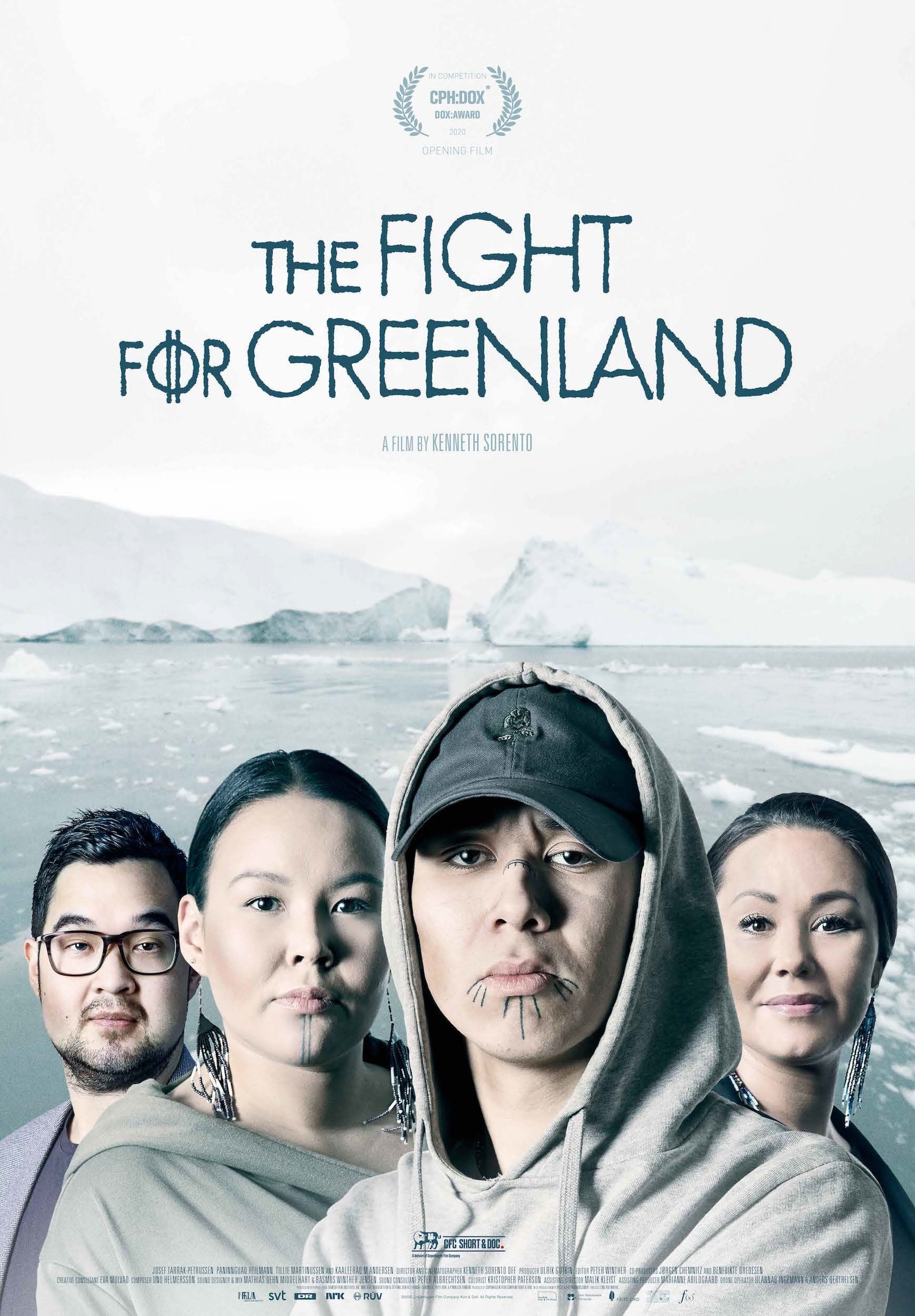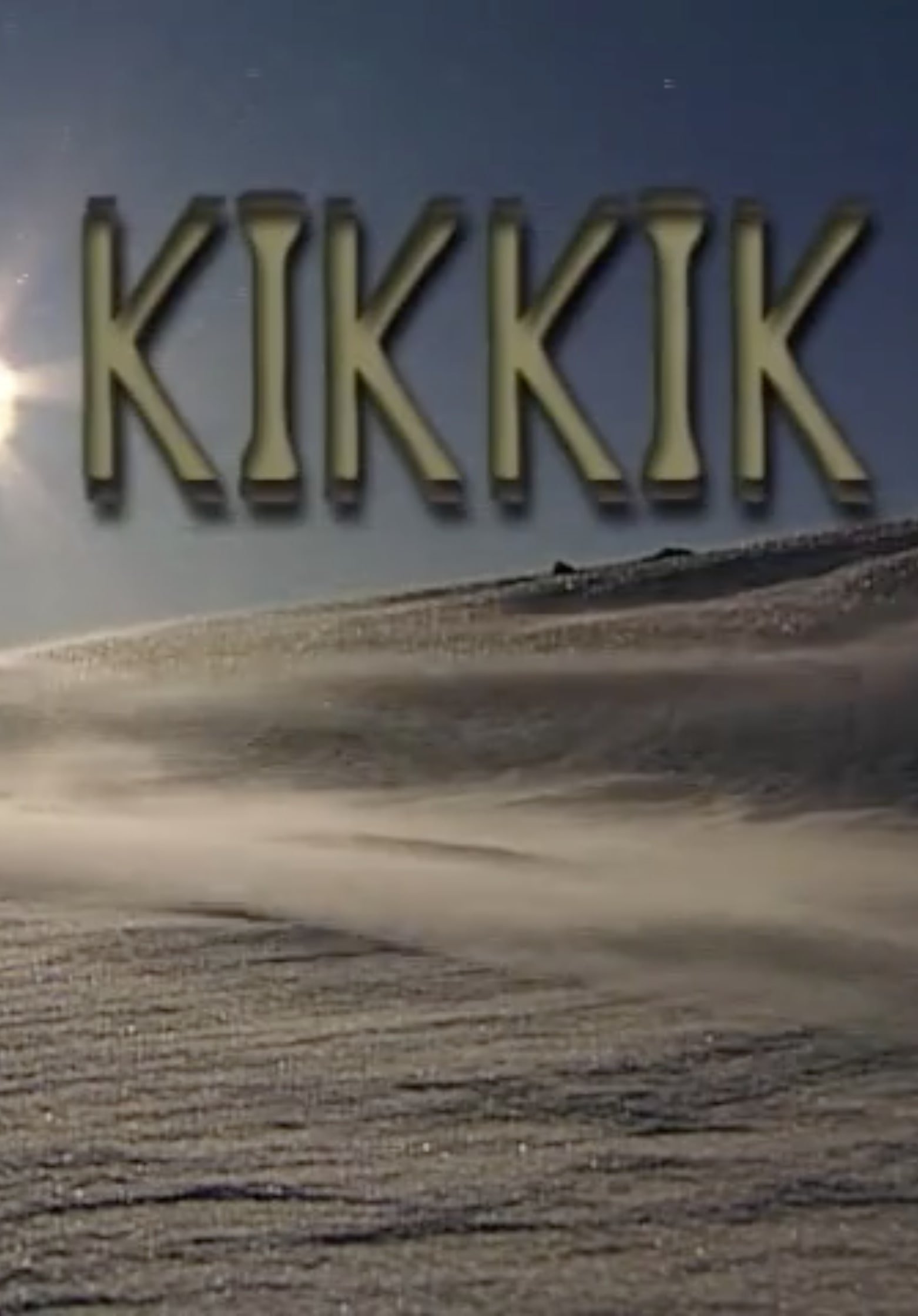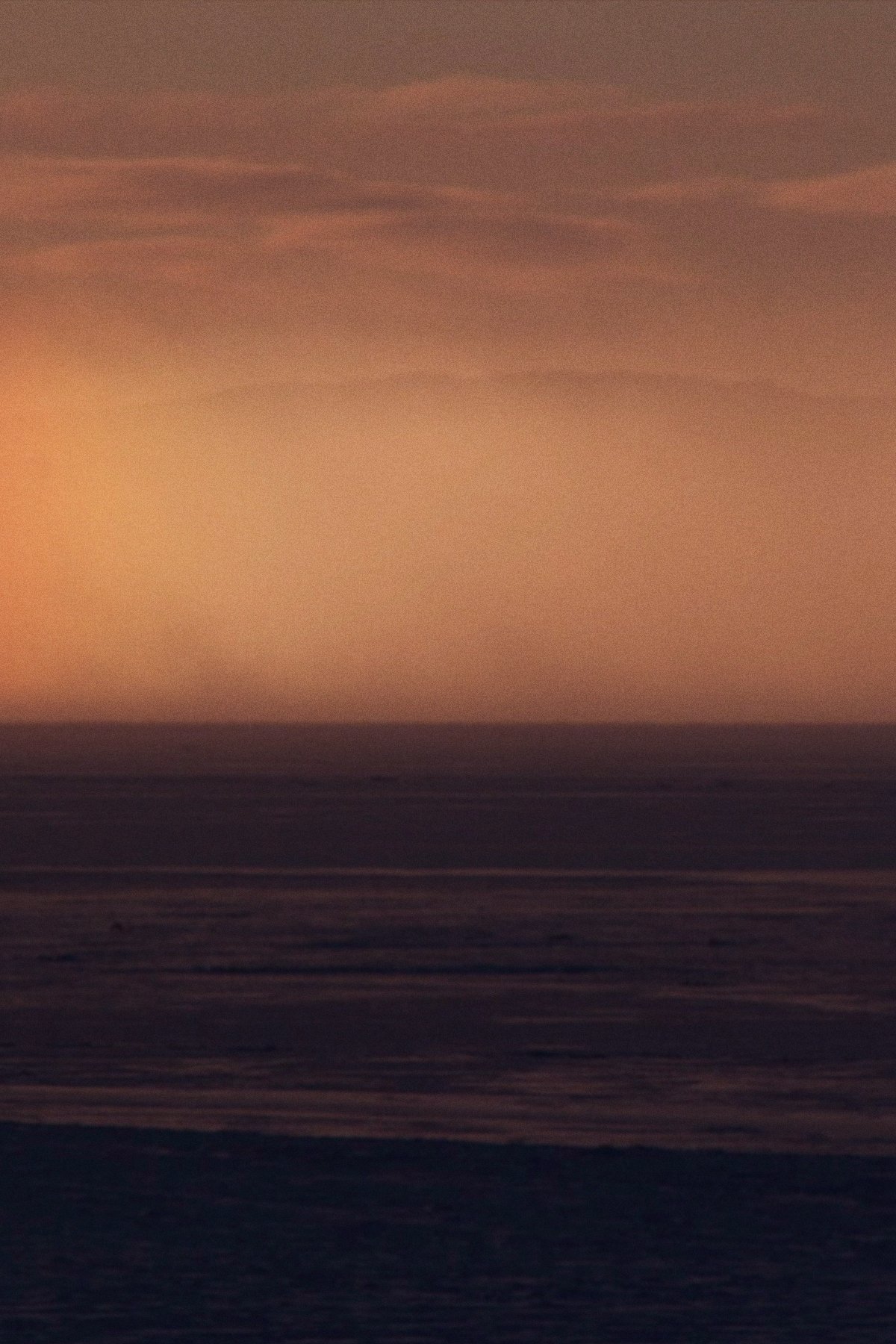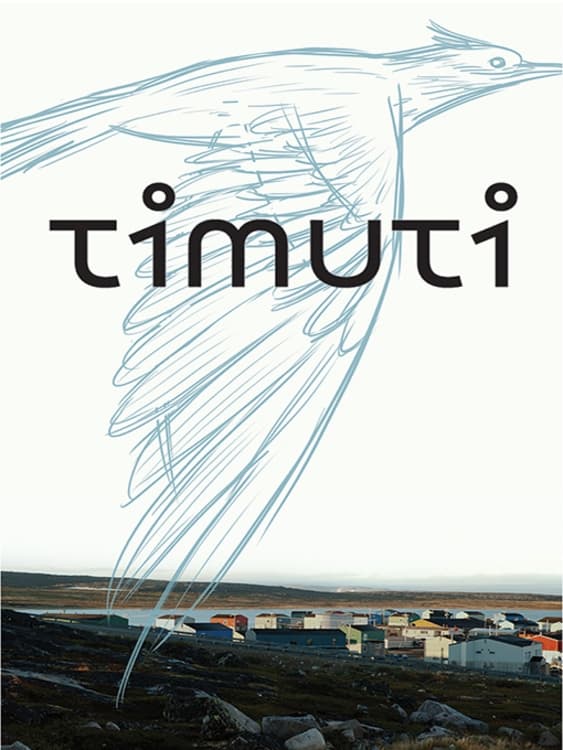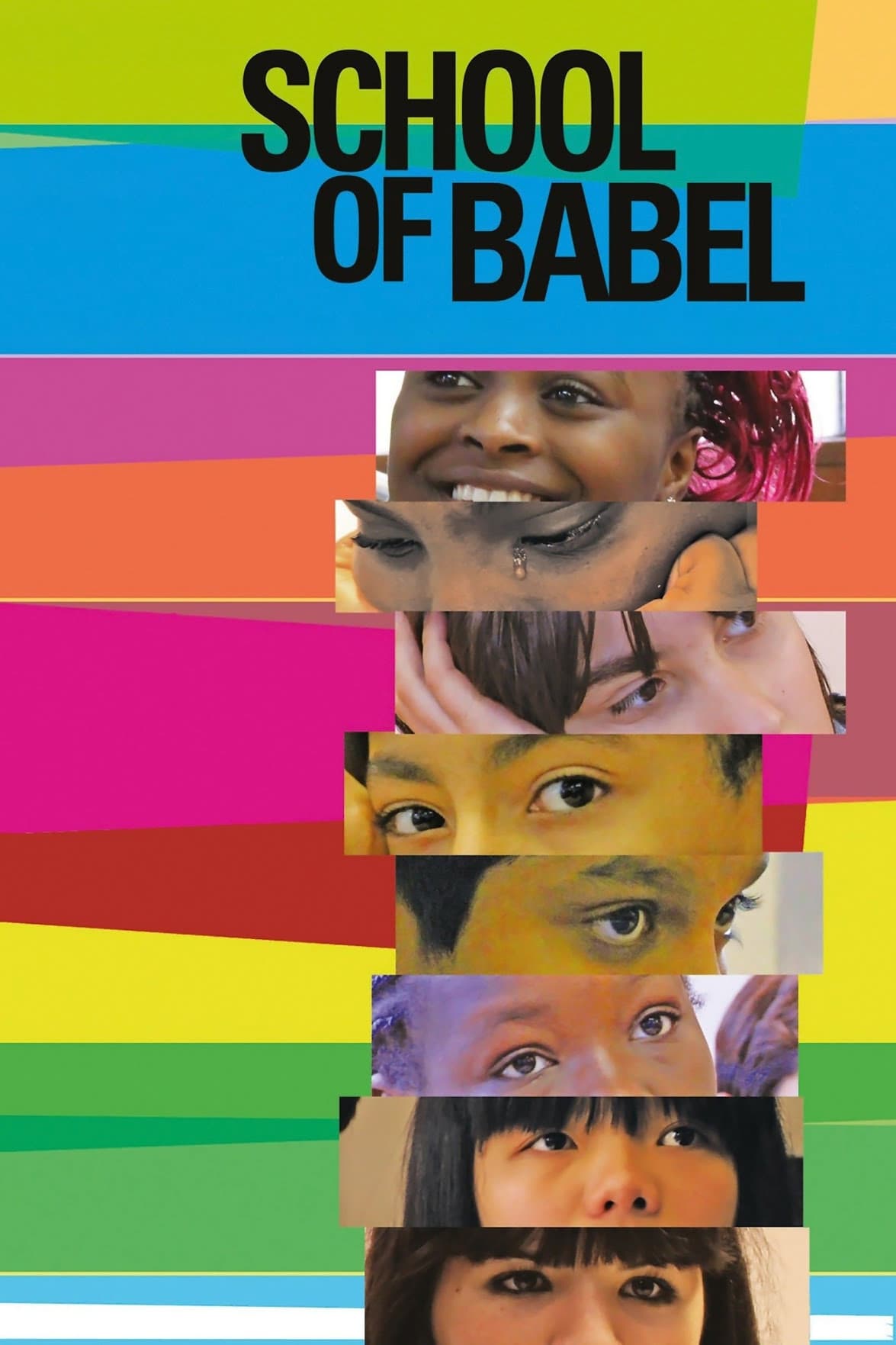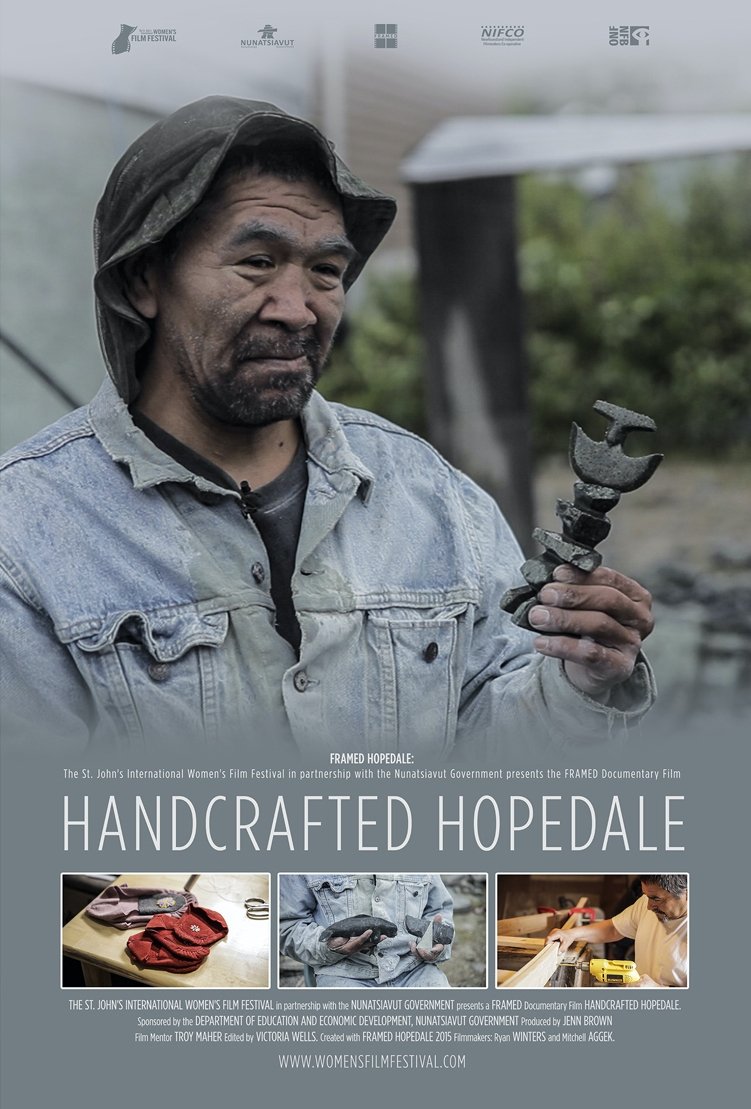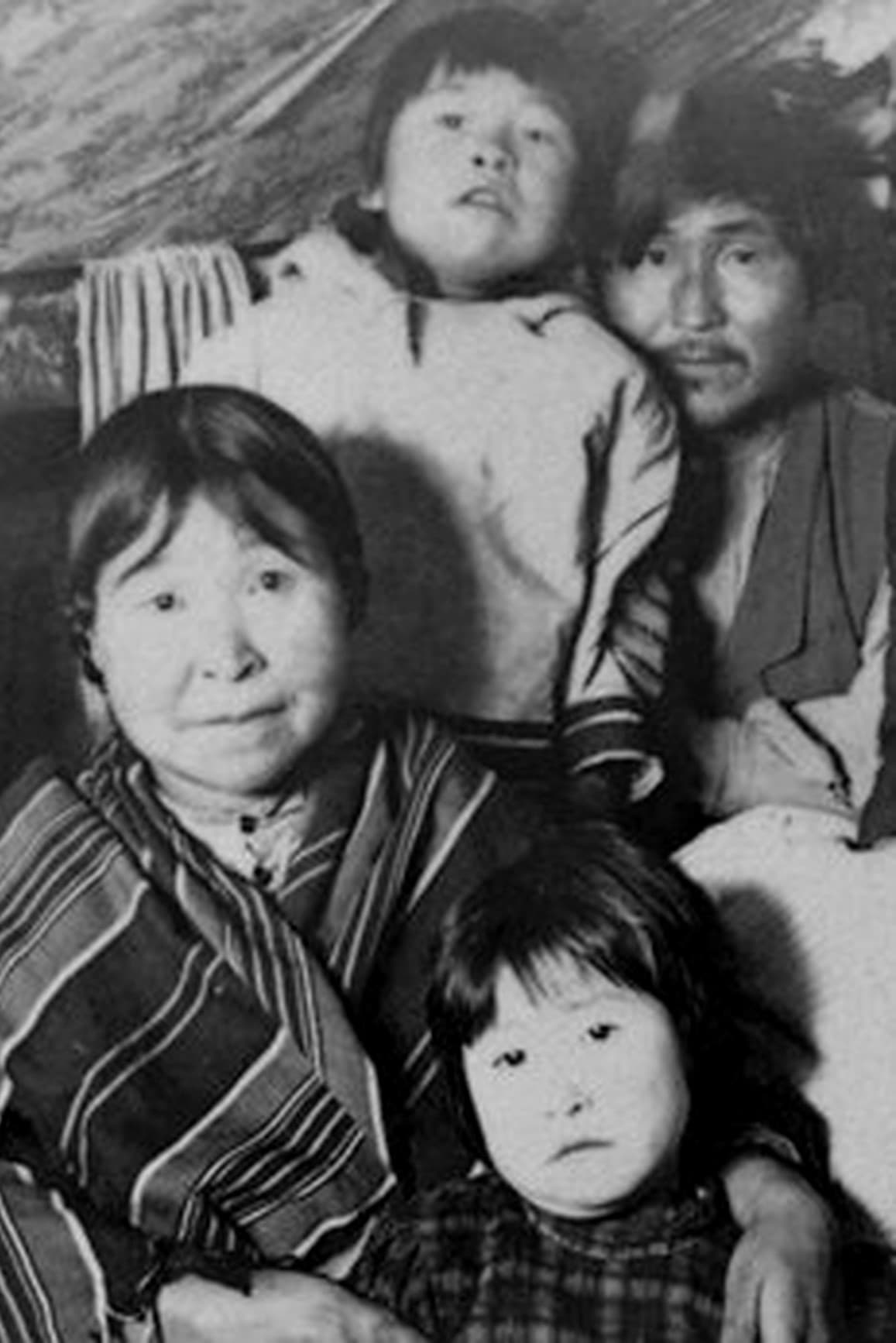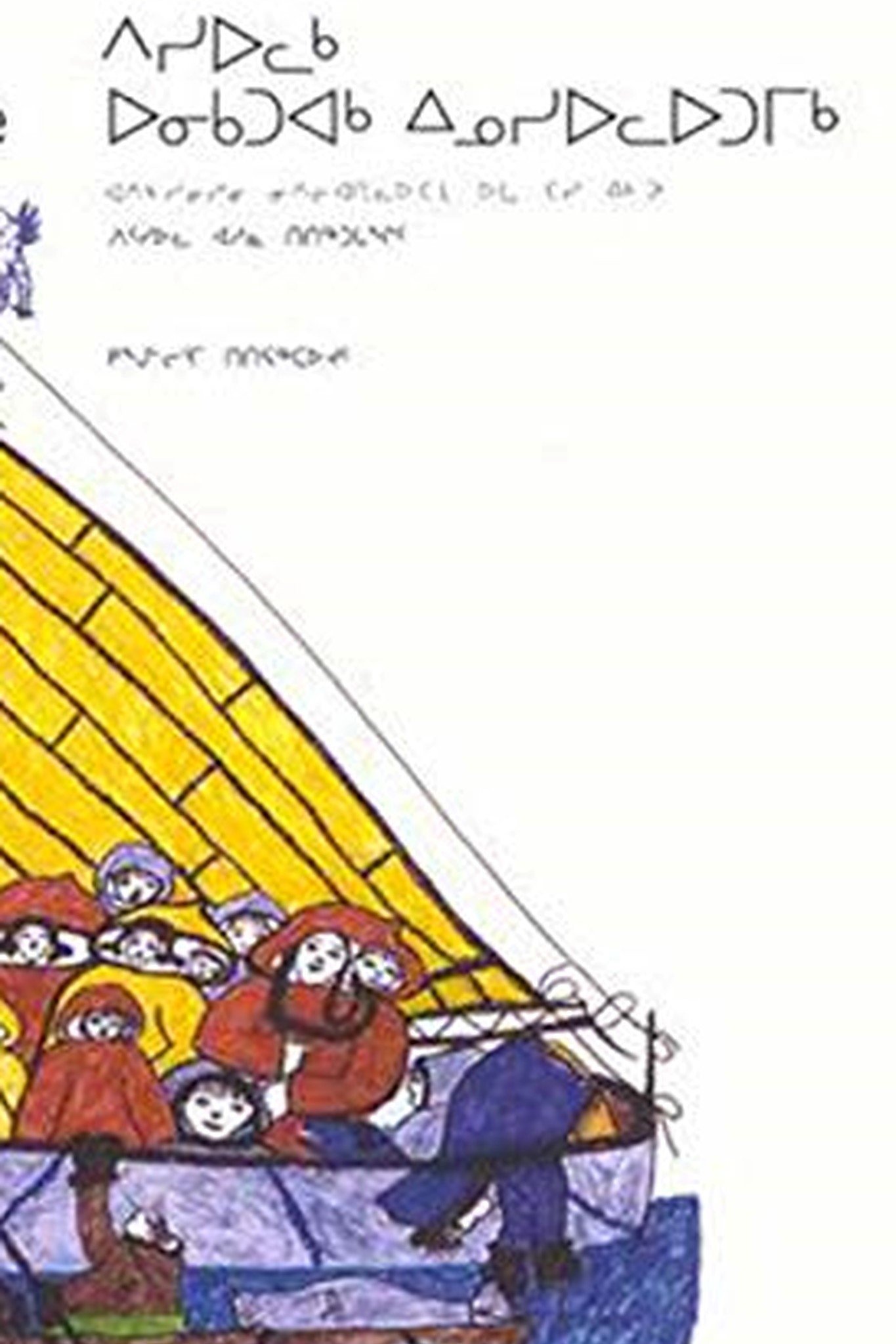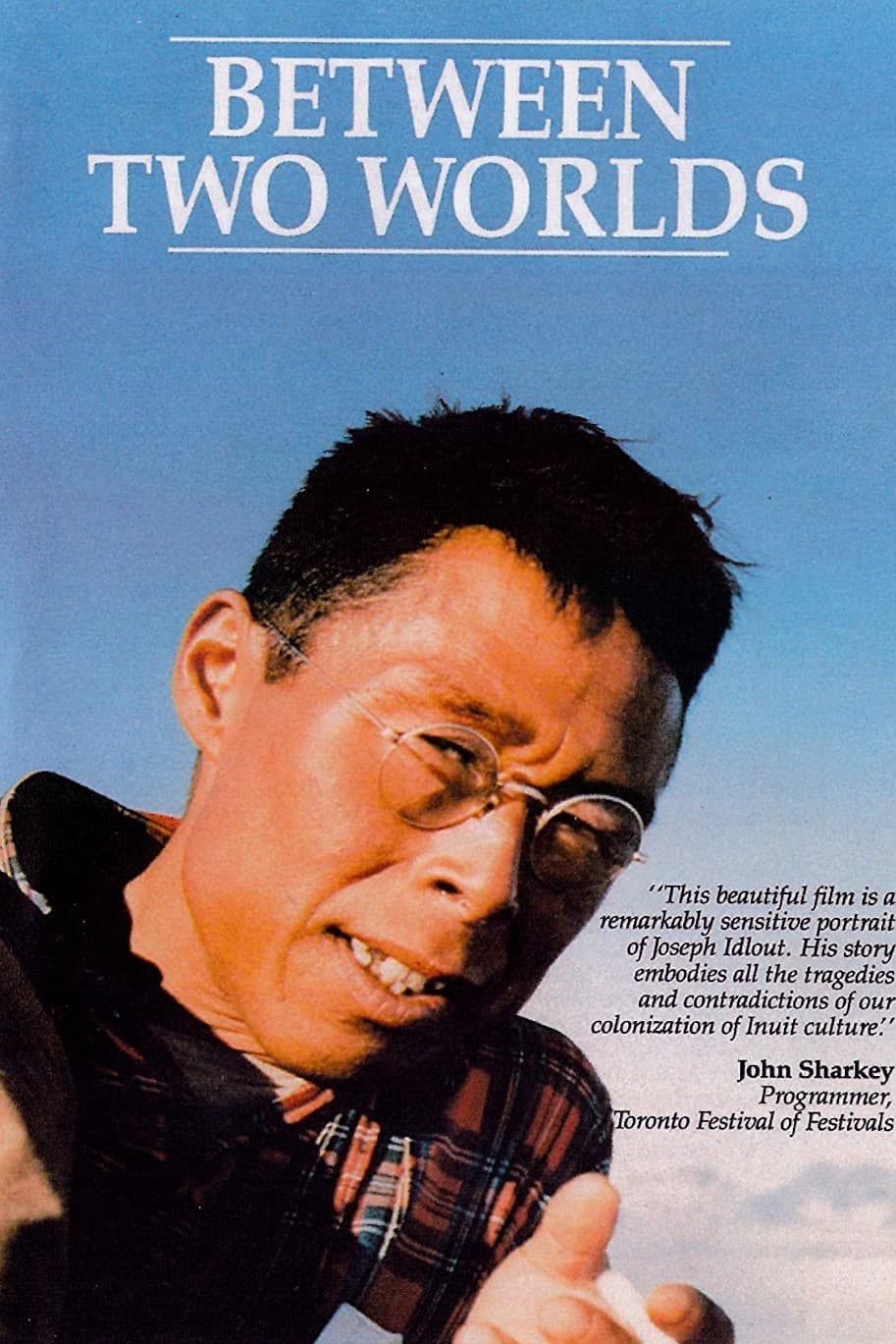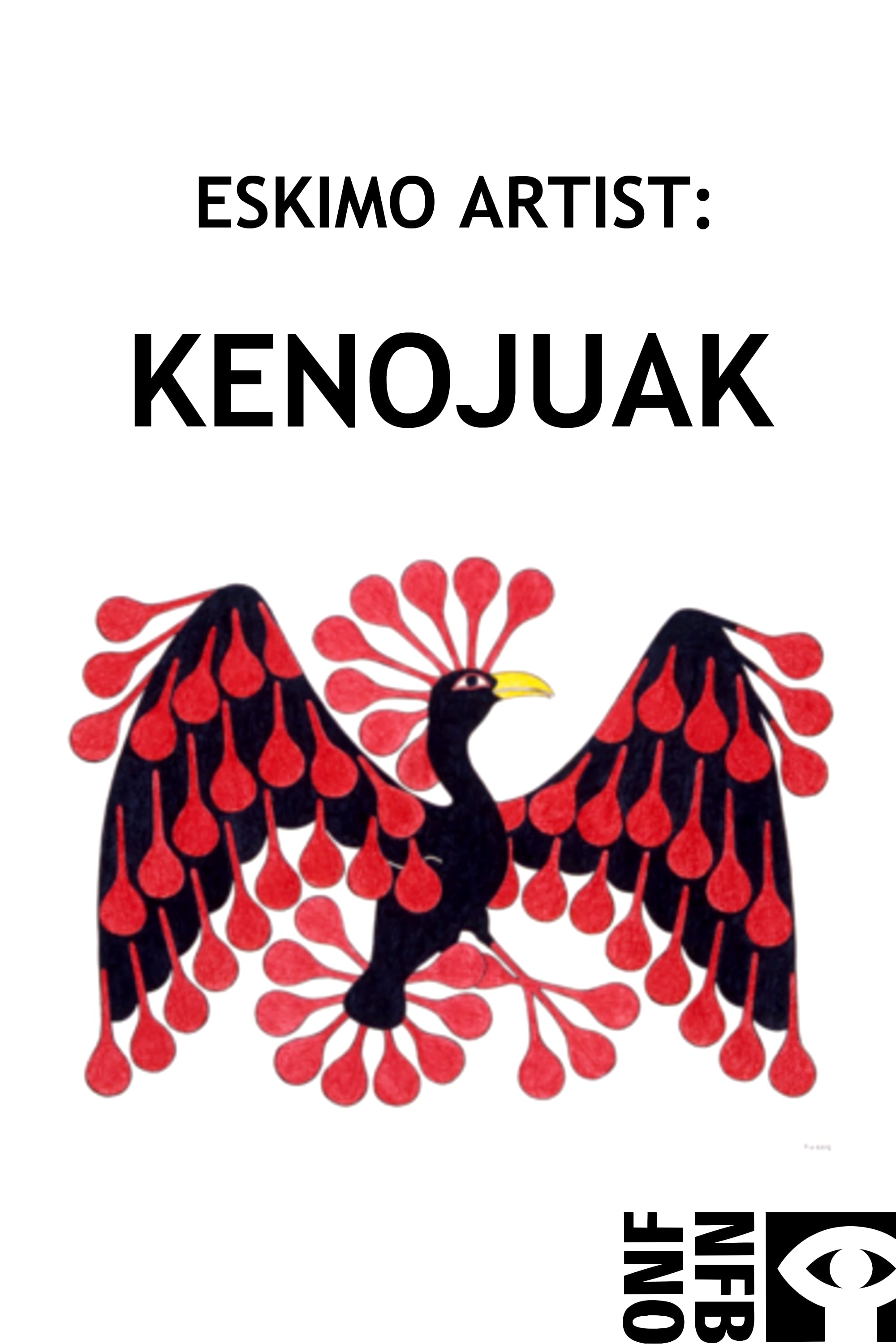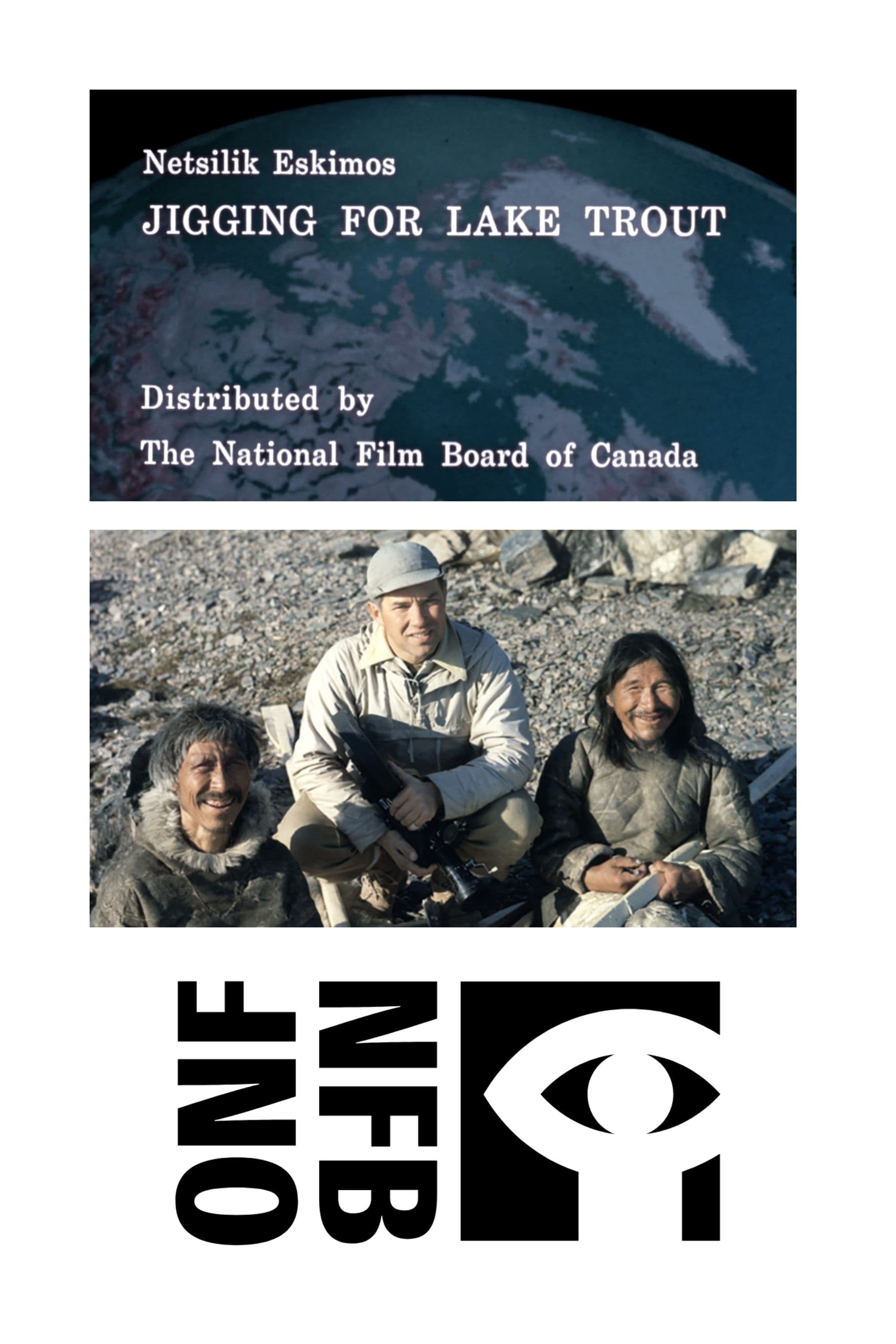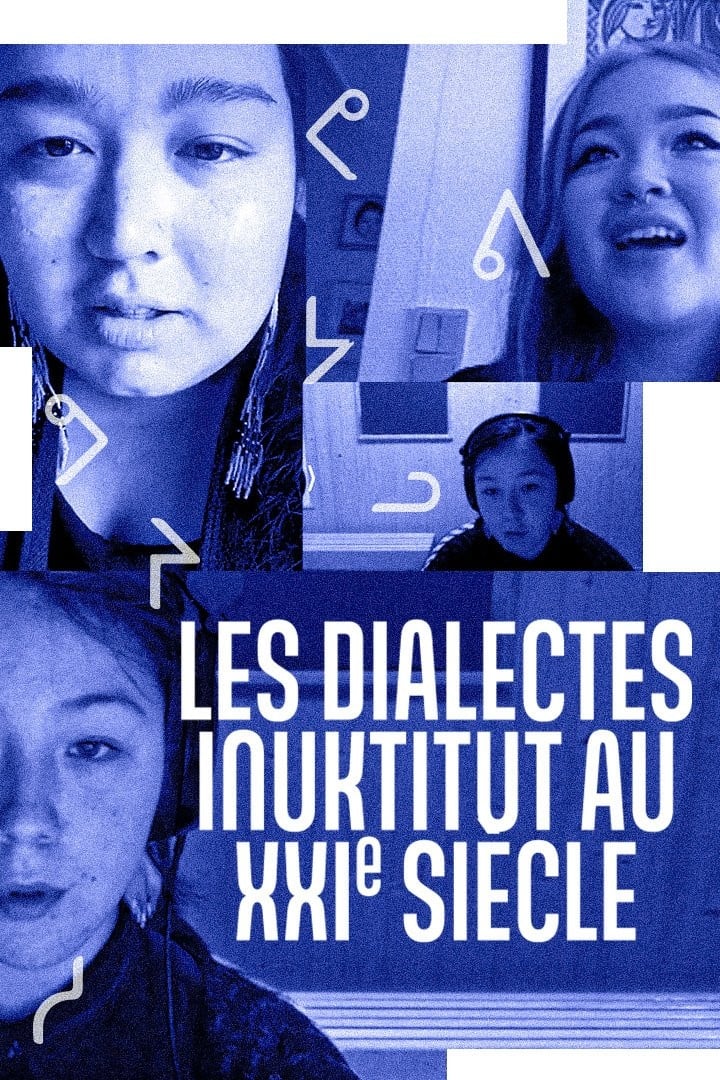
Inuit Languages in the 21st Century (2020)
Released:
2020-12-31
Duration:
10min
Genres:
Documentary
Rating 6.0
Overview
Ulivia explores what is accessible via the Internet in relation to Inuktitut. A complex language with several dialects which varies from one generation to the next. Inuktitut is threatened by dominant languages. Are there solutions so that these technologies are allies and not enemies?
Production Companies

Wapikoni
Additional Info
| Budget | $0.00 |
|---|---|
| Revenue | $0.00 |
| Original Language | en |
| Popularity | 0.1822 |
Directed By
Ulivia Uviluk
Crew
Director
Ulivia Uviluk
Ulivia Uviluk
Writer
Ulivia Uviluk
Ulivia Uviluk
Producer
Mélanie Brière
Mélanie Brière
Sound Recordist
Jean Yves Andre
Jean Yves Andre

